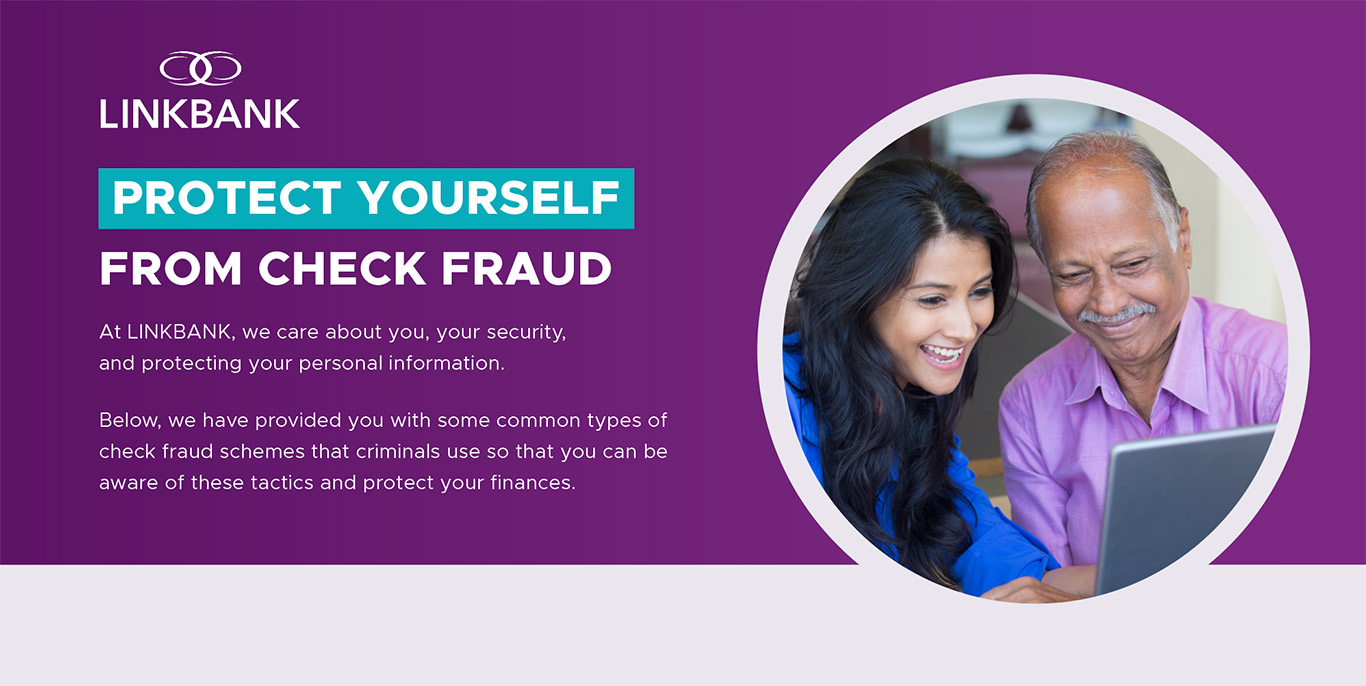What To Know About Identity Theft:
Identity theft is a serious concern that can have far-reaching consequences. It occurs when someone unlawfully obtains and uses your personal information, such as your Social Security number, credit card details, or bank account information, for fraudulent purposes. The impact of identity theft can range from financial loss to damage to your credit score and even legal complications.
To ensure your peace of mind and secure your identity, it is essential to stay informed about the nature of identity theft and take proactive steps to protect yourself. Our comprehensive resources will guide you through the process of understanding what identity theft is, common methods, and the potential warning signs to watch out for.
Stay informed, stay protected, and stay one step ahead of identity theft with our comprehensive insights and guidance.

Preventative Tips:
Don't
- cash or deposit checks receive unexpectedly in the mail.
- accept checks from someone you don’t trust or know well.
Do
- use the post office or post office collection boxes instead of your mailbox to mail checks.
- use black gel ink to write your checks as black
ink is more difficult to alter/wash. - make payments online using a trusted computer.
-
monitor your accounts regularly and review your monthly statements to ensure no unexpected checks are clearing your accounts.
SEVERAL METHODS CRIMINALS USE TO COMMIT CHECK FRAUD:
- Sending checks in the mail with a letter prompting the receiver to deposit part of the check and send the remaining funds to a designated third party (which is typically just the fraudster).
- Stealing checks from mailboxes and using household chemicals to remove the handwriting changing the check payee and dollar amount (known as check washing).
- Obtaining account numbers through stolen checks and printing counterfeit checks using the account information.
- Sending checks for purchased goods in amounts higher than the asking price, then requesting that the remaining funds be sent back to them.

